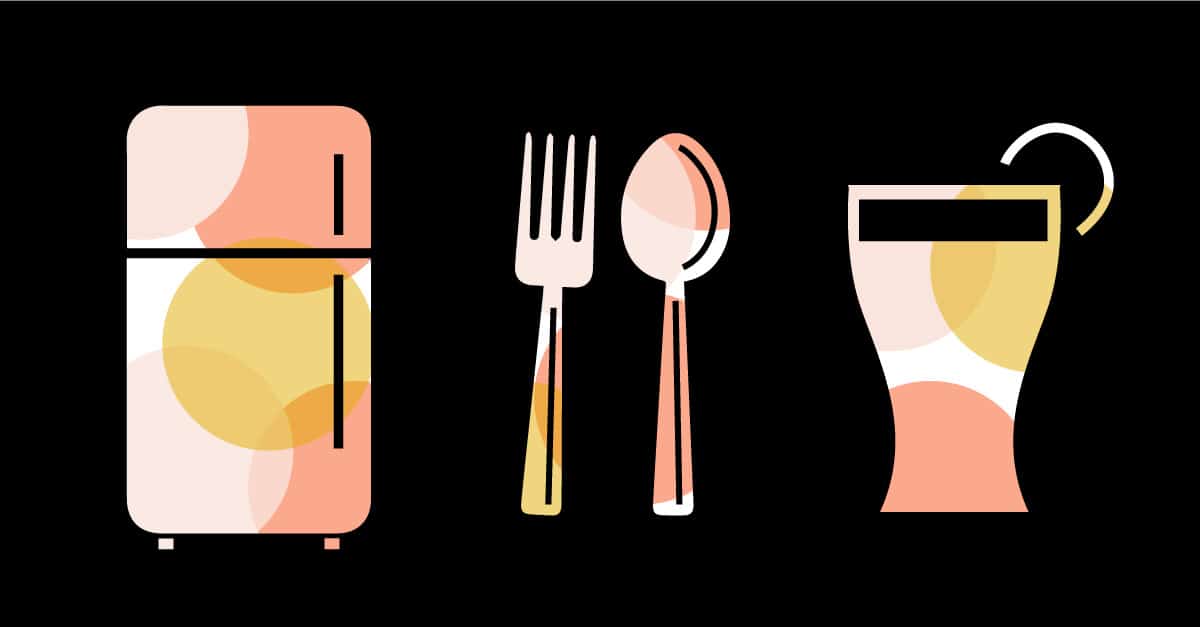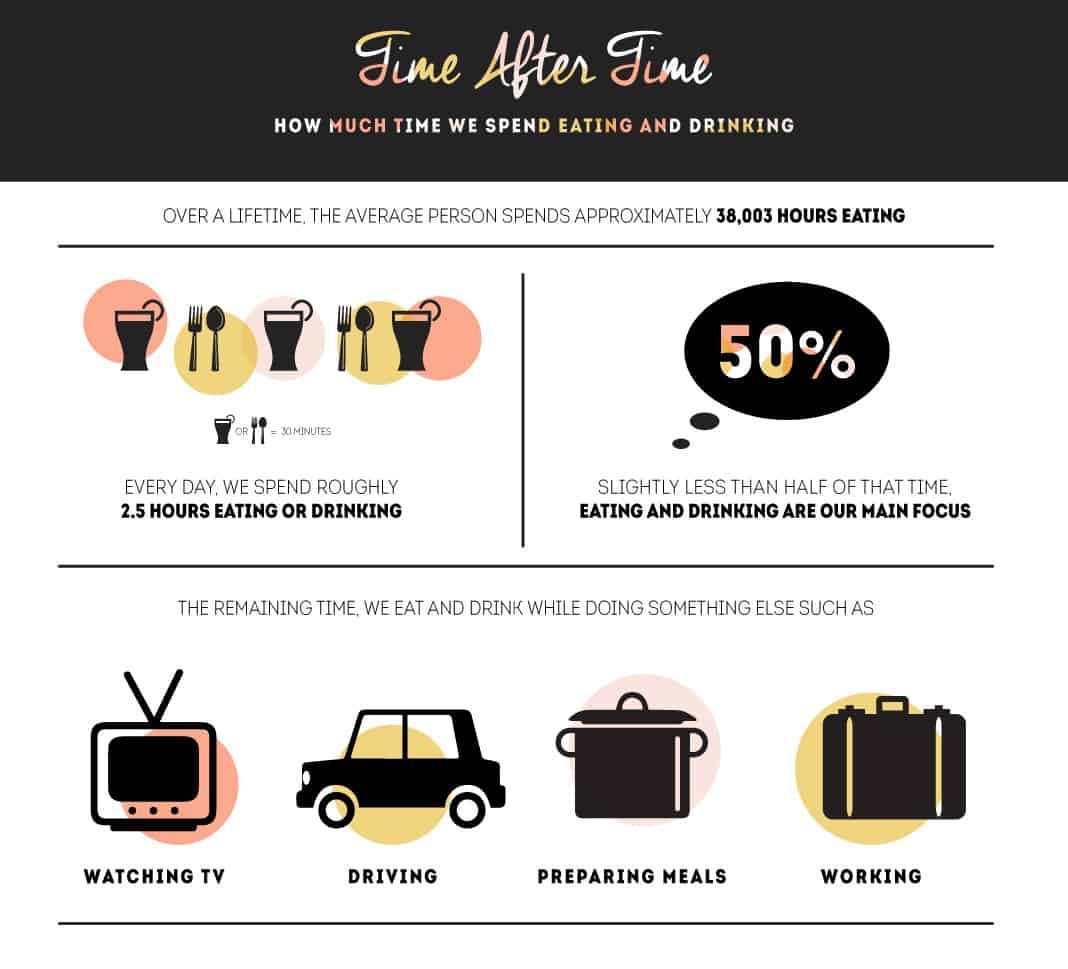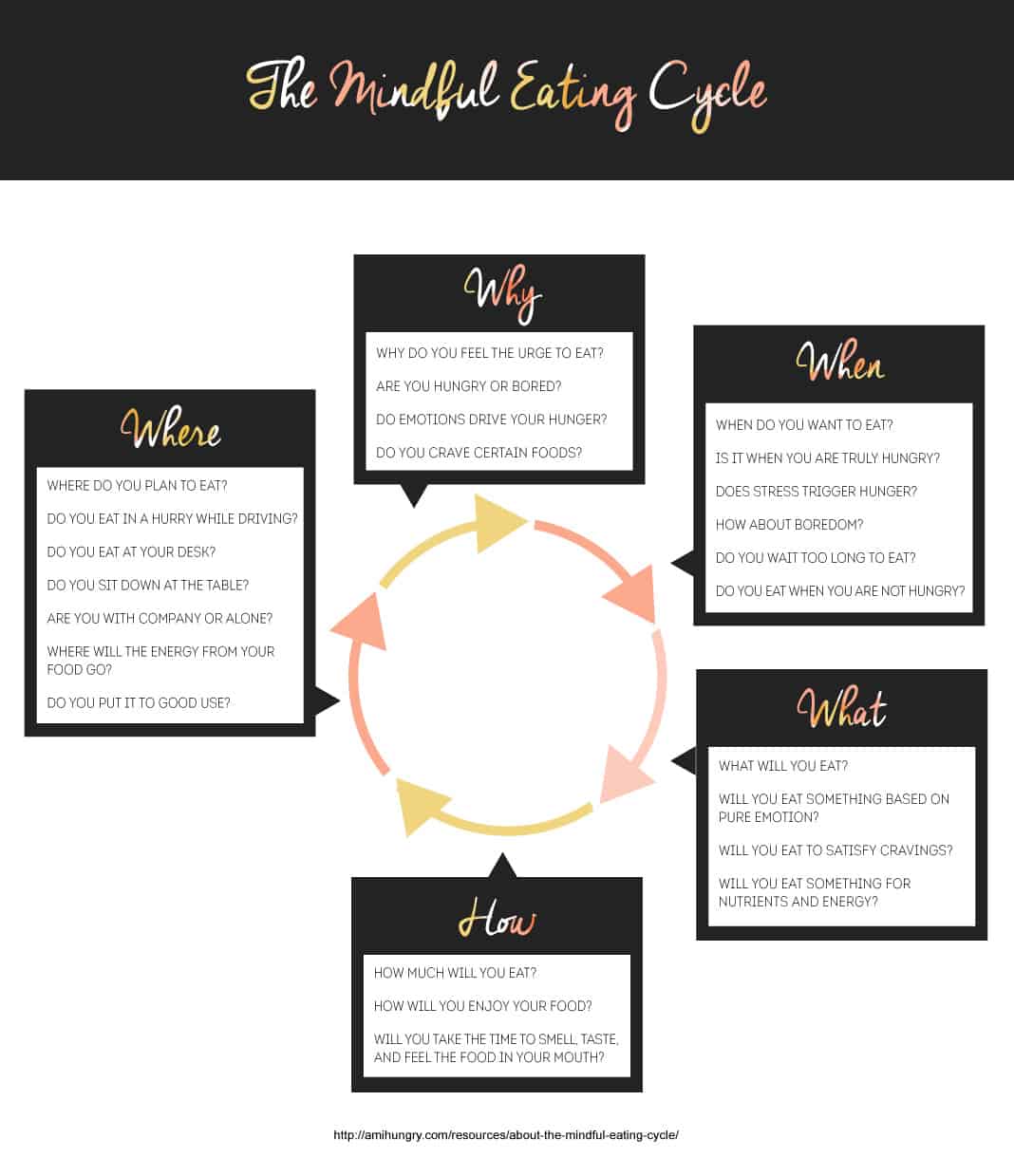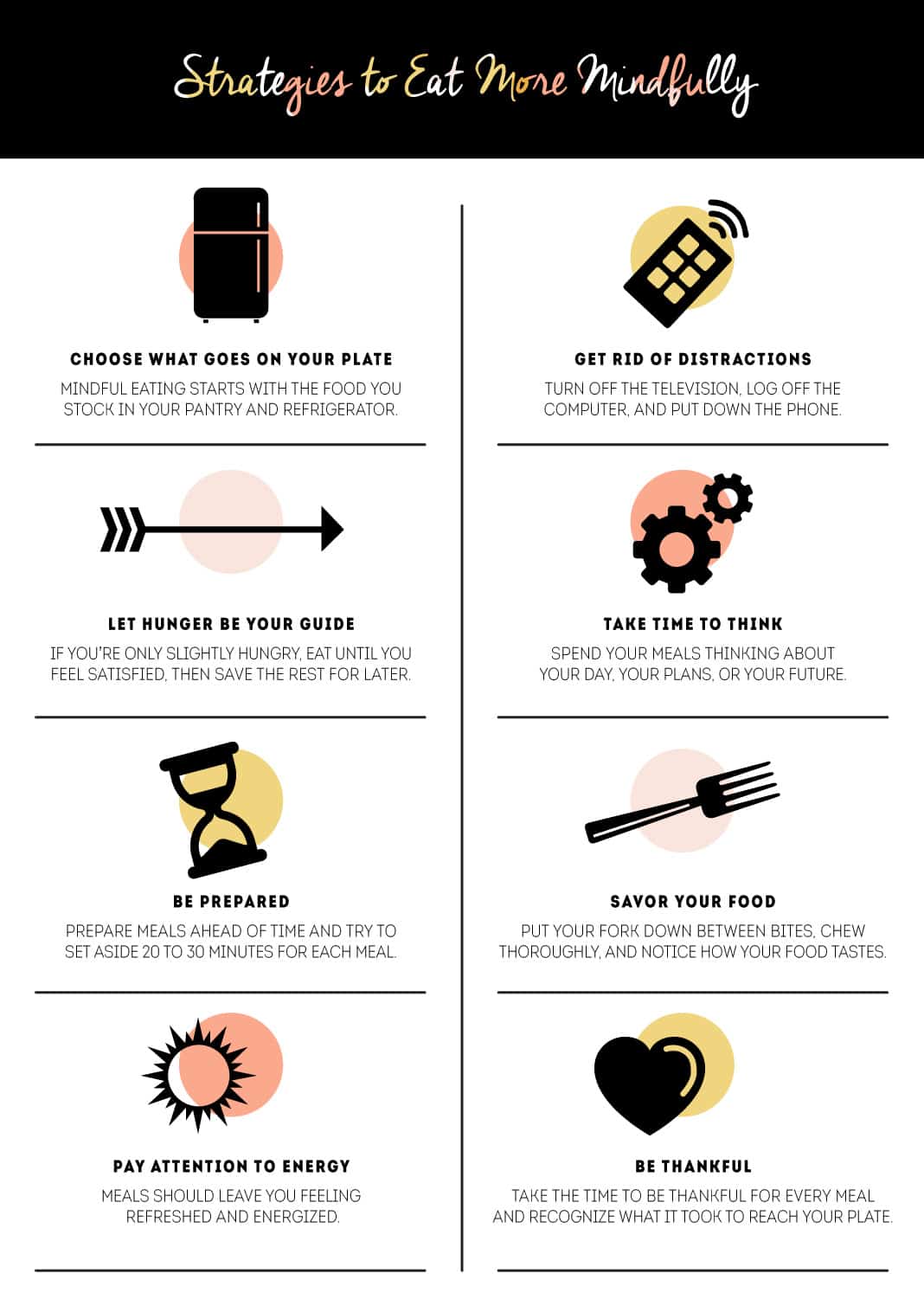Mindful eating is more of an art than a science, but the practice is something that can change the way you think about what goes on your plate.
During a typical meal, we may pay attention to the first bite or two, which helps us recognize whether or not the food pleases the palate and meets our expectations. But after that, eating can become an unconscious activity that is just part of daily life—like tying shoelaces or checking the mailbox.
Mindless eating can go unnoticed and lead to an unhealthy relationship with food. Some negative eating experiences may include anxiety, boredom, guilt, and cravings. Here’s a deeper explanation of mindful eating, along with strategies to help you positively change your eating habits.
What is Mindful Eating?
Steeped in Buddhist teachings, mindful eating is similar to the meditative practices involved with breathing. Food should be eaten with purpose and awareness that allow us to pay careful attention to the meaning of each bite.[i] Though many Buddhist teachings involve spending long durations of time observing small amounts of food, the average schedule only allows for a quick meal between events or activities.
What the Buddhist practice can teach is to taste, identify, appreciate, and acknowledge the food we eat. Rather than gobble up an entire lunch without truly tasting a morsel, mindful eating means taking the time to put our forks down between bites, savor food, and identify individual flavors.
This isn’t to say that every meal needs to be completely meditative. Eating mindfully means slowing down, taking a breath, and understanding the importance of food without overindulging or eating foods that provide little nourishment.
Give Your Food the Attention It Deserves
Do you often inspect your food before you eat it? Paying attention to what you eat is different than performing a quick once over to check for foreign objects or gauge food temperature. Giving quality attention to food can equate to better energy, weight loss, and less likelihood of overindulgence: You recognize what is going in your mouth in a different way.
If you’ve ever eaten an entire bag of chips without noticing, then you know how inattentiveness to eating can quickly turn into eating too much. Think about mindfulness as investigative journalism. Find out the why, what, when, where, and how of each meal.
Mindful Eating Cycle chart inspired by Michelle May, MD, CSP of www.AmIHungry.com [iv]
An Emotional Connection to Food
Though emotions can negatively affect the way we eat, connecting the right emotions to food can help us develop a greater appreciation for the resources necessary to make a meal possible.[ii]
Think about the origin of that food, the time and knowledge it takes to prepare it, and the community that comes together to make meals possible. Then consider how that food will benefit your body. With all of that in mind, you can evoke a better sense of purpose with each bite.
Here are some questions to consider before, during, and after a meal:
- Before:
- How do you feel prior to eating?
- Will the food you eat provide healthful benefits or not?
- What smells can you identify?
- Do you know how your food was prepared?
- Did you prepare it or did someone else?
- How does this process make you feel?
- During:
- What tastes do you notice as you chew?
- What textures and temperatures do you feel?
- How do these tastes, smells, and textures make you feel?
- After:
- How do you feel after you finish?
- How satiated do you feel?
- Have you eaten enough?
- Did you eat too much?
- Did the meal provide more energy or do you feel sluggish and tired?
These are several questions to think about as you develop a greater sense of awareness while eating. It may seem overwhelming at first, so take your time to hone the skills for mindful eating. It’s a practice that can take several months—and even years—to master. But practicing a little bit of mindfulness with your food each day can help you create better daily habits, control emotional eating, and improve healthy eating practices.
How to Eat More Mindfully Every Day
Mindful eating isn’t about dieting. It’s about intensifying your experience with eating. It brings joy and awareness to mealtime, so you can develop a better relationship with what goes on your plate. Here are some easy tips to help you make more mindful eating choices every day.[iii]
Choose what goes on your plate
Mindful eating begins before you take the first bite. Focus on what foods you keep in the kitchen and begin to develop better shopping habits so the pantry is filled with items that nourish your body.
Get rid of distractions
Turn off the television, log off the computer, put down the phone, and free your mind from as many distractions as possible when eating. Make food, rather than technology, the focus of your meal. The same rule applies to eating while driving.
Let hunger be your guide
Rather than eat on a schedule or because you feel like it, let hunger guide your eating. This helps prevent unwarranted snacking. If lunchtime arrives at work and you are only slightly hungry, eat until you feel satisfied, then save the rest for later.
Take time to think
Spend your meals thinking about your day, your plans, or your future. Let your thoughts flow freely and don’t rush through a meal just to finish. Use this as time to clear your head and work.
Be prepared
Meals are rushed when you don’t plan ahead—and that’s when bad food choices can happen. Prepare meals ahead of time, pack a lunch for work, and have food readily available so you have more time to enjoy meals and snacks. Try to set aside 20 to 30 minutes for each meal. Allowing ample time to eat means you’ll be more likely to recognize when you feel full. Often when rushed, we recognize fullness after scarfing down more than intended.
Savor your food
Mealtime is often crunch time, but it’s important to savor your food. This may result in eating less, which isn’t always a bad thing. Put your fork down between bites and notice how your food tastes. Take the time to chew each bite thoroughly. Chewing is the first part of the digestive process, and the longer you take to chew the better your body will absorb nutrients.
Pay attention to energy
Food is our primary source of energy. Noticing whether or not food provides you with energy is a good way to recognize how your body absorbs and assimilates nutrients. If you feel sluggish and ready for a nap after a meal, you may want to rethink what goes on your plate. Meals should leave you feeling refreshed and energized.
Be thankful
We often forget to give gratitude for our meals, but food isn’t a luxury to be taken for granted. Take the time to be thankful for every meal and recognize what it took to get that meal from the farm to your plate. When you recognize how your food was made and how it nourishes your body, you develop a greater respect for food.
When Eating Doesn’t Go As Planned
Ideally, every meal should be eaten mindfully, but sometimes life gets messy. If you miss out on an opportunity to eat with purpose, realize that any one of these strategies work well on it’s own. If time is short, practice one or two mindful habits when eating on the go.
Mindfulness isn’t about perfection. It’s about recharging your life and creating more awareness. Work each day to improve your relationship with food through mindfulness and realize that every meal won’t always go according to plan. Stick to the strategies that work best for your situation and you will develop better eating habits over time.
[i] http://www.thecenterformindfuleating.org/Principles-Mindful-Eating
[ii] https://www.psychologytoday.com/blog/mindful-eating/200902/mindful-eating
[iii] http://www.uhs.berkeley.edu/eda/7Mindful.pdf
[iv] http://amihungry.com/resources/about-the-mindful-eating-cycle/





